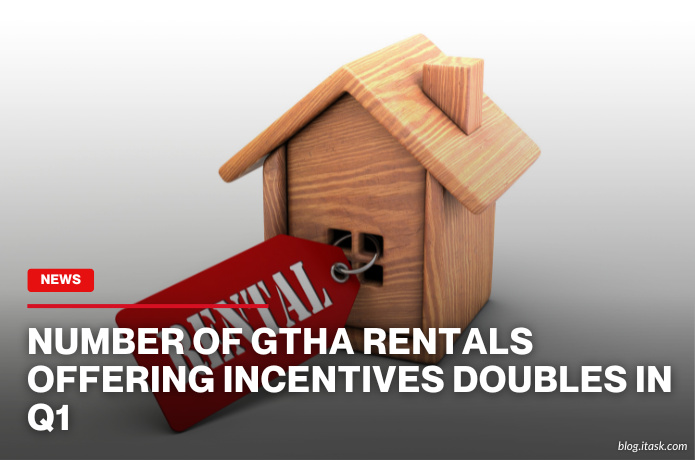Number Of GTHA Rentals Offering Incentives Doubles In Q1
Number Of GTHA Rentals Offering Incentives Doubles In Q1

In the first quarter of 2025, the Greater Toronto and Hamilton Area (GTHA) saw a significant increase in rental properties offering incentives, with 63% of buildings providing such offers—double the 31% reported in the same period last year. These incentives, including one or two months of free rent, reflect landlords' efforts to attract tenants amid a shifting rental market.
Urbanation's latest report indicates that average rents for purpose-built rentals in the GTHA decreased by 7% year-over-year when accounting for these incentives. Without factoring in the incentives, rents still saw a 2% decline, settling at an average of \$2,909 per month. This downward trend aligns with a rise in vacancy rates, which reached 3.5%—the highest since mid-2021.
The City of Toronto experienced even higher vacancy rates at 3.7%, with studio apartments leading at a 6.2% vacancy rate. In contrast, three-bedroom units remained in demand, showing a lower vacancy rate of 2.8%. Condominium rentals also felt the impact, with average rents dropping by 2.8% to \$2,612 for a typical 692 sq. ft. unit, while listings surged by 29% compared to the previous year.
This shift towards improved affordability is attributed to a substantial increase in housing supply. In Q1 2025, the GTHA saw 2,136 new purpose-built rental completions—a 173% rise from the same quarter in 2024 and the second-highest quarterly total in three decades. However, this surge may be short-lived, as new construction starts have declined by 60% year-over-year, signaling potential future shortages.
Urbanation President Shaun Hildebrand emphasized that while the current market offers more options for renters, the slowdown in new construction could reverse these gains. The decrease in construction activity is particularly notable in the 905 Region, where rental units under development have dropped to a 17-quarter low.
Overall, the GTHA's rental market is experiencing a period of increased affordability and availability, driven by recent supply additions. However, the decline in new construction projects raises concerns about the sustainability of this trend, potentially leading to tighter rental conditions in the future.
